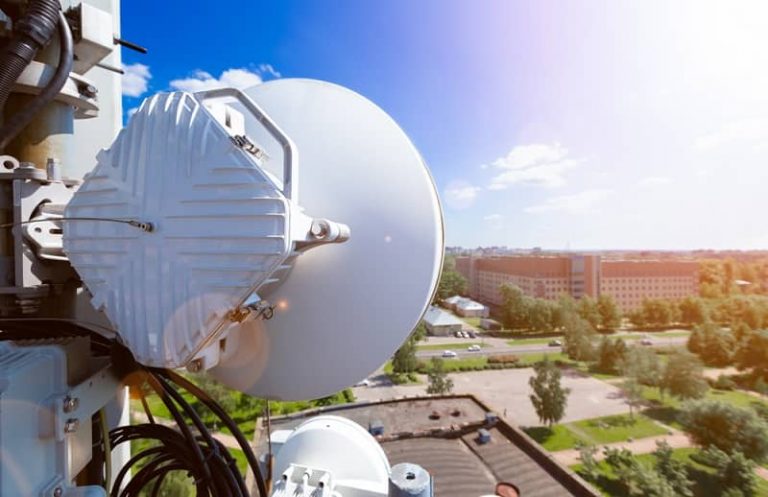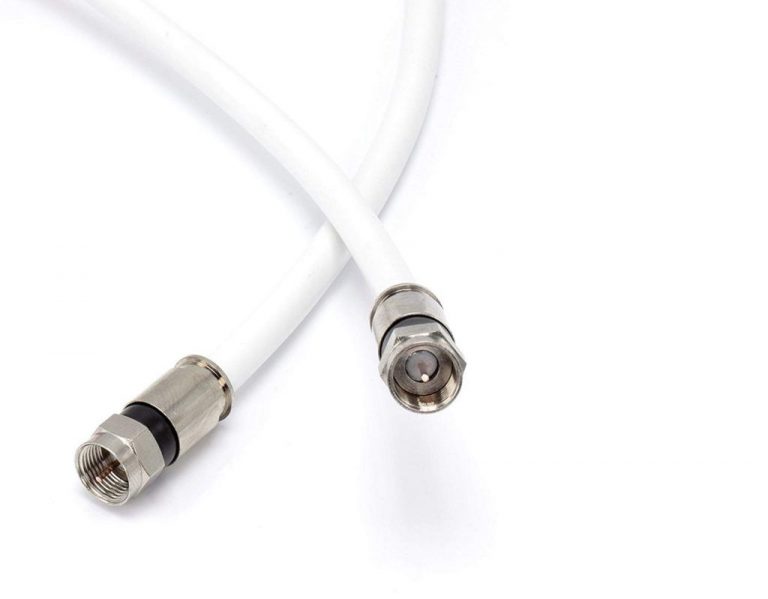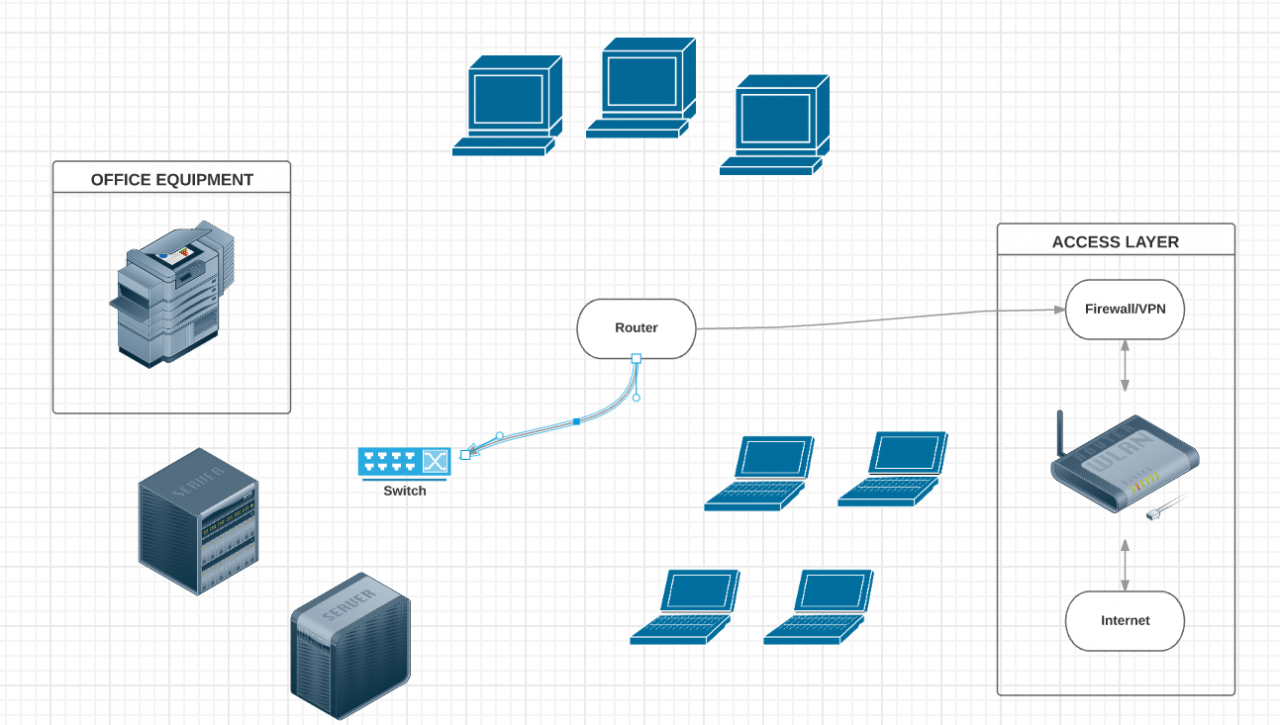Selecting the right coaxial cable is crucial for ensuring optimal signal transmission in telecommunications, video distribution, and broadband applications. As network infrastructure demands continue to evolve with higher bandwidth requirements and greater signal integrity needs, understanding the differences between RG6, RG59, and RG11 coaxial cables becomes increasingly important. This comprehensive guide examines these three cable types through the lens of current TIA/EIA standards, providing technical specifications, performance metrics, and application recommendations based on the latest industry benchmarks.
Understanding Coaxial Cable Standards and Classifications
The Radio Guide (RG) designation for coaxial cables originated from U.S. military specifications developed during the 1940s. Despite common misconceptions, the numbering system (6, 59, 11) doesn’t indicate sequential development or performance rankings. Instead, each designation represents distinct specifications optimized for different applications.
Current coaxial cable standards are defined by the Telecommunications Industry Association (TIA) in collaboration with the Electronic Industries Alliance. The most relevant standard for commercial applications is ANSI/TIA-568.4-D Broadband Coaxial Cabling and Components Standard, released in 2017, which establishes performance criteria and technical specifications for coaxial cabling systems.
All three cable types we’re examining (RG6, RG59, and RG11) operate with a 75-ohm impedance, making them appropriate for video transmission and broadband applications, in contrast to 50-ohm cables typically used in radio frequency transmission and networking applications.
For a comprehensive overview of coaxial cable fundamentals, visit our complete guide to coaxial cable types and specifications.
RG6 Coaxial Cable: The Versatile Standard
RG6 has emerged as the industry standard for residential and commercial applications, offering an excellent balance of performance, flexibility, and cost-effectiveness.
Technical Specifications
- Center Conductor: 18 AWG (American Wire Gauge), typically copper-clad steel (CCS) or solid copper
- Dielectric Material: Foam polyethylene (PE)
- Dielectric Diameter: 4.57mm
- Shielding: Aluminum foil + aluminum braiding, often with multiple shield layers (dual or quad)
- Jacket Material: PVC (polyvinyl chloride) for indoor applications, PE (polyethylene) for outdoor installations
- Overall Diameter: 6-8mm (varies by manufacturer and shielding configuration)
- Frequency Range: Optimized for signals up to 1 GHz
- Attenuation: Approximately 6 dB per 100 feet at 1 GHz
- Standard Compliance: TIA-568.4-D
RG6 coaxial cables are further subcategorized based on their shielding configuration, with options including standard, tri-shield, and quad-shield. For a detailed comparison of these variations, see our guide on RG6 vs RG6 Tri-Shield vs RG6 Quad-Shield.
Optimal Applications
RG6 is ideally suited for:
- Cable television (CATV) distribution
- Satellite TV installations
- High-speed internet connections
- Digital HDTV setups
- Home theater systems
- Medium-distance runs (up to approximately 150 feet with minimal signal degradation)
Advantages and Limitations
Advantages:
- Widely available and standardized
- Excellent balance of performance and flexibility
- Suitable for most residential and light commercial applications
- Available in weatherproof versions for outdoor installation
- Compatible with standard F-type connectors
- Cost-effective solution for most applications
Limitations:
- Not ideal for runs exceeding 150 feet without amplification
- Heavier and less flexible than RG59
- May not provide sufficient bandwidth for some specialized commercial applications
RG59 Coaxial Cable: The Lightweight Option
RG59 represents an older standard that, while largely superseded by RG6 for many applications, still maintains relevance in specific scenarios where its smaller size and greater flexibility provide advantages.
Technical Specifications
- Center Conductor: 22-23 AWG, smaller than RG6
- Dielectric Material: Foam polyethylene (PE)
- Dielectric Diameter: 3.66mm
- Shielding: Typically single-layer (aluminum foil + aluminum braiding)
- Jacket Material: PVC or PE
- Overall Diameter: Approximately 6mm (smaller than RG6)
- Frequency Range: Best below 300 MHz
- Attenuation: Higher than RG6, especially above 300 MHz
- Standard Compliance: TIA-568.4-D (with limitations for high-frequency applications)
Optimal Applications
RG59 is best suited for:
- Closed-circuit television (CCTV) systems with short cable runs
- Analog video connections over limited distances
- Radio antennas with lower frequency requirements
- Installations where space constraints or tight bends are concerns
- Legacy video equipment connections
Advantages and Limitations
Advantages:
- More flexible and easier to route through tight spaces
- Smaller diameter makes it suitable for conduit installations with space limitations
- Lighter weight for easier handling during installation
- Lower cost per foot compared to RG6 and RG11
- Better minimum bend radius properties
Limitations:
- Higher signal loss (attenuation), particularly at frequencies above 300 MHz
- Not recommended for high-definition video signals over longer distances
- Limited effectiveness for digital television and high-speed internet applications
- Less effective shielding against interference compared to RG6 and RG11
For guidance on determining if your existing coaxial installations are performing correctly, see our article on how to check if a cable outlet is active.
RG11 Coaxial Cable: The Long-Distance Solution
RG11 represents the heavy-duty option in the coaxial cable family, designed specifically for applications where signal integrity over significant distances is paramount. Its robust construction makes it the preferred choice for commercial installations and long cable runs.
Technical Specifications
- Center Conductor: 14 AWG, significantly larger than both RG6 and RG59
- Dielectric Material: Foam polyethylene (PE)
- Dielectric Diameter: 7.11mm
- Shielding: Multiple layers (aluminum foil + aluminum braiding)
- Jacket Material: PVC or PE, often with additional weather resistance for outdoor applications
- Overall Diameter: Approximately 10mm (substantially larger than RG6)
- Frequency Range: Effective up to 3 GHz
- Attenuation: Approximately 4 dB per 100 feet at 1 GHz
- Standard Compliance: TIA-568.4-D
For comprehensive details on RG11 specifications and applications, visit our dedicated RG11 coaxial cable guide.
Optimal Applications
RG11 excels in:
- Long-distance CATV distribution in large buildings or campuses
- Commercial broadband internet infrastructure
- Professional broadcasting and telecommunications
- Outdoor and direct burial installations
- Any application requiring signal transmission exceeding 150 feet
- High-bandwidth, low-loss requirements
Advantages and Limitations
Advantages:
- Superior signal retention over long distances
- Lower attenuation (signal loss) compared to RG6 and RG59
- Excellent shielding against electromagnetic interference
- Higher bandwidth capacity, supporting the most demanding applications
- Better performance in adverse environmental conditions
Limitations:
- Significantly less flexible than RG6 and RG59
- Larger minimum bend radius requirements (typically 4.5 inches)
- More expensive per foot than other coaxial cable types
- Requires special consideration for connector attachments
- Installation challenges due to weight and rigidity
Comprehensive Comparison
The following tables provide a side-by-side comparison of key specifications and performance metrics for RG59, RG6, and RG11 coaxial cables, to help you make an informed decision based on your specific requirements.
Physical Characteristics
| Feature | RG59 | RG6 | RG11 |
|---|---|---|---|
| Center Conductor | 22-23 AWG | 18 AWG | 14 AWG |
| Dielectric Diameter | 3.66mm | 4.57mm | 7.11mm |
| Overall Diameter | ~6mm | ~7mm | ~10mm |
| Flexibility | High | Medium | Low |
| Weight | Lightest | Medium | Heaviest |
| Standard Shielding | Single layer | Dual/Quad | Multiple layers |
| Connector Type | F-type (standard) | F-type (standard) | F-type (larger) |
Performance Metrics
| Metric | RG59 | RG6 | RG11 |
|---|---|---|---|
| Signal Loss (1 GHz/100ft) | Highest (~9 dB) | ~6 dB | ~4 dB |
| Effective Distance | ~50 ft | ~150 ft | ~1000 ft |
| Maximum Frequency | 300 MHz | 1 GHz | 3 GHz |
| Interference Rejection | Moderate | Good | Excellent |
| Impedance | 75 ohms | 75 ohms | 75 ohms |
| TIA-568.4-D Compliance | Limited | Full | Full |
Application Suitability
| Application | RG59 | RG6 | RG11 |
|---|---|---|---|
| Home CATV | Not Recommended | Excellent | Overkill |
| HDTV | Poor | Excellent | Excellent |
| Satellite TV | Poor | Excellent | Excellent for long runs |
| Broadband Internet | Not Recommended | Good | Excellent for long runs |
| CCTV (Short Run) | Good | Excellent | Overkill |
| CCTV (Long Run) | Poor | Good | Excellent |
| Direct Burial | Not Recommended | Good (with proper jacket) | Excellent |
| Commercial Applications | Limited | Good | Excellent |
Installation Best Practices
Proper installation techniques are crucial for maximizing the performance of any coaxial cable type. Here are some essential guidelines:
1. Connector Selection and Attachment
The quality of the connection is often as important as the cable itself. For optimal signal integrity:
- Use compression connectors rather than crimp or twist-on types for more reliable connections
- Ensure connectors are rated for the specific cable type (especially important for RG11, which requires larger connectors)
- Follow proper termination procedures to maintain 75-ohm impedance throughout the connection
- Consider weather-sealed connectors for outdoor installations
For detailed instructions on connector installation, refer to our guide on how to crimp an F-connector.
2. Bend Radius Considerations
Each cable type has minimum bend radius requirements to prevent signal degradation:
- RG59: Minimum bend radius of approximately 2.4 inches (6 times the cable diameter)
- RG6: Minimum bend radius of approximately 3 inches (6 times the cable diameter)
- RG11: Minimum bend radius of approximately 4.5 inches (6 times the cable diameter)
Exceeding these limitations can damage the cable’s internal structure and compromise signal integrity.
3. Environmental Factors
Consider the installation environment when selecting and installing coaxial cables:
- For outdoor installations, use cables with UV-resistant and weather-resistant jackets
- For direct burial applications, select cables specifically rated for underground use
- In areas with high electromagnetic interference, opt for cables with enhanced shielding
- For plenum spaces (air handling areas), ensure cables are plenum-rated to comply with fire safety codes
4. Signal Amplification and Distribution
For complex installations with multiple splits or long runs:
- Use high-quality signal amplifiers at strategic points to compensate for signal loss
- Employ directional couplers rather than simple splitters when adding multiple outlets
- Minimize the number of connections to reduce potential points of signal degradation
- Terminate unused ports with 75-ohm terminators to prevent signal reflection
For more comprehensive information, see our complete coaxial cable installation guide.
Troubleshooting Common Issues
Even with proper cable selection and installation, issues can arise. Here are solutions to common problems:
Signal Loss and Degradation
If experiencing poor signal quality:
- Test signal strength at the source to establish a baseline
- Inspect all connections for proper termination and corrosion
- Check for cable damage such as sharp bends, kinks, or compression
- Measure signal at various points to identify where loss is occurring
- Consider signal amplification if the run length exceeds recommendations
For detailed testing procedures, see our guide on mastering cable signal testing.
Interference and Noise
For issues related to interference:
- Keep coaxial cables away from power lines (minimum 6 inches of separation)
- Use higher-grade shielding (quad-shield RG6 or RG11) in high-interference environments
- Install ferrite cores near termination points to reduce common-mode interference
- Check for ground loops and ensure proper grounding of components
- Replace damaged cables as compromised shielding can allow interference ingress
Connector-Related Problems
If connectors are the source of issues:
- Re-terminate problematic connections following manufacturer specifications
- Ensure connector compatibility with the specific cable type
- Check for moisture ingress in outdoor installations
- Verify proper compression tool settings for compression connectors
- Use appropriate torque when tightening connectors to avoid damaging the cable
For more comprehensive troubleshooting, refer to our article on why coax cables fail.
Cost-Benefit Analysis and Selection Guide
When deciding which cable type is appropriate for your installation, consider both performance requirements and budget constraints:
RG59 Considerations
- Cost: Lowest per foot (approximately $0.15-$0.25)
- Value proposition: Cost-effective for short, low-frequency applications
- Total cost of ownership: May require replacement if application needs change
- Recommendation: Use only for basic CCTV or legacy analog video over short distances
RG6 Considerations
- Cost: Moderate (approximately $0.25-$0.50 per foot)
- Value proposition: Excellent balance of performance and cost for most applications
- Total cost of ownership: Standard connectors and tools reduce installation costs
- Recommendation: Default choice for most residential and light commercial installations
RG11 Considerations
- Cost: Highest (approximately $0.60-$1.00 per foot)
- Value proposition: Essential for long-distance runs and critical applications
- Total cost of ownership: Higher installation costs due to special handling requirements
- Recommendation: Use when distance exceeds 150 feet or in commercial environments with demanding specifications
For more purchasing guidance, see our guide on how to get the best value when buying coaxial cables.
TIA/EIA Standards Compliance
Meeting TIA/EIA standards is crucial for commercial installations and ensuring system performance and compatibility. The primary standard governing coaxial cable installations is ANSI/TIA-568.4-D, which establishes:
- Performance requirements for broadband coaxial cables
- Technical criteria for system configurations
- Testing methodologies and performance verification
- Connector and component specifications
When working on commercial projects, ensure all components comply with this standard. For residential installations, while full compliance may not be mandated by code, following these standards ensures optimal performance and future compatibility.
Conclusion
The selection between RG6, RG59, and RG11 coaxial cables should be based on a careful assessment of your specific application requirements, installation environment, and performance needs. While RG6 serves as the versatile standard for most modern applications, RG59 remains relevant for specific short-distance, space-constrained scenarios, and RG11 excels in commercial, long-distance, and high-performance installations.
By understanding the technical specifications, performance characteristics, and ideal use cases for each cable type-as defined by current TIA/EIA standards-you can make an informed decision that balances performance requirements with budget considerations. Remember that proper installation techniques and quality components are equally important factors in achieving optimal system performance.
For personalized recommendations based on your specific application, consult with a qualified cable installation professional or refer to the manufacturer’s specifications for your equipment.






